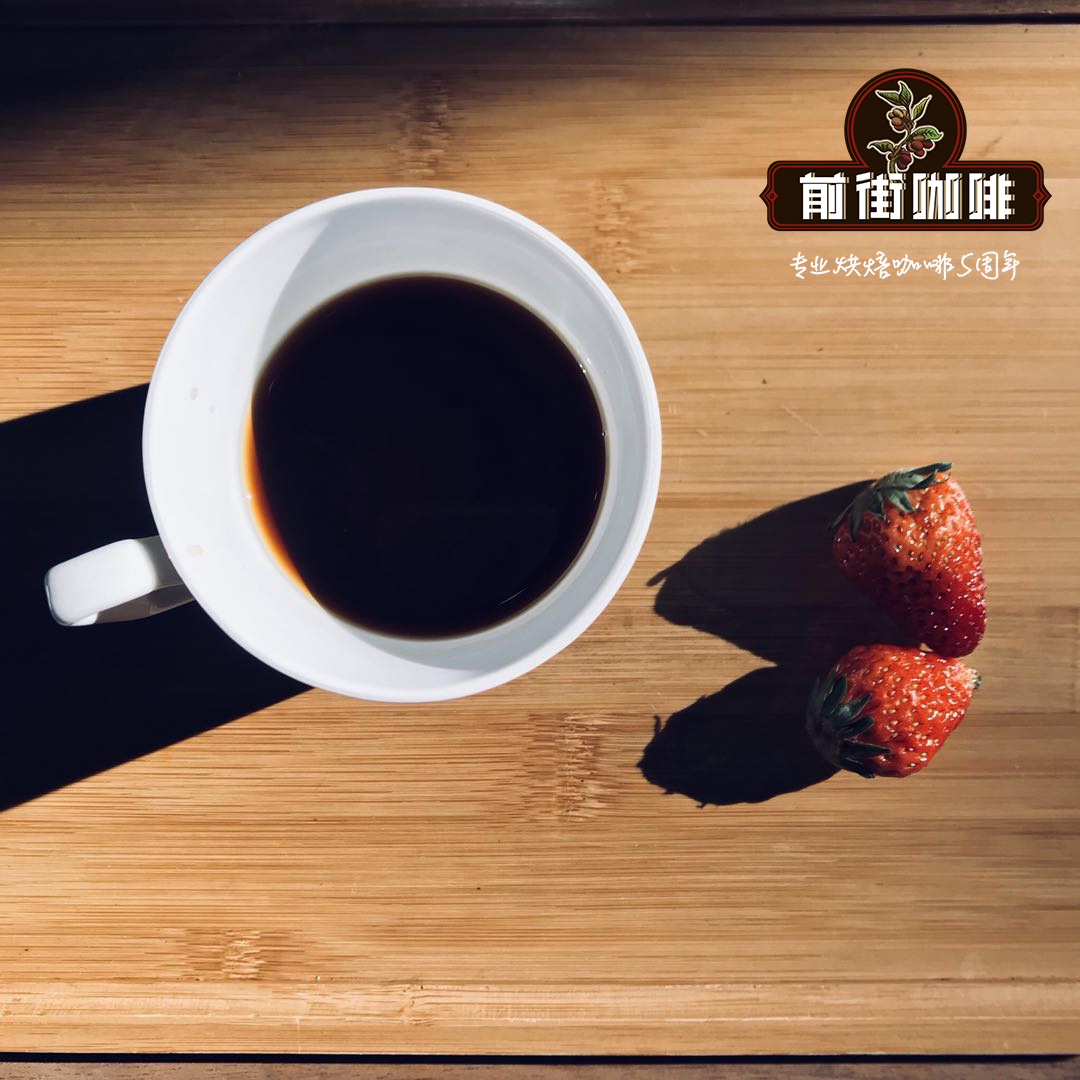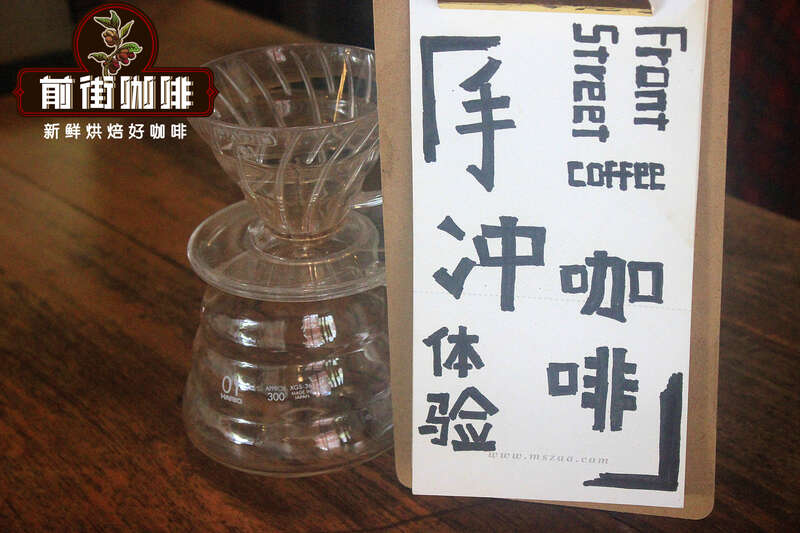What Arabica coffee beans does Starbucks use? How is it different from Robusta?

Professional coffee knowledge exchange more coffee bean information please follow the coffee workshop (Wechat official account cafe_style)
What are Coffee Arabica coffee beans? How is it different from Coffee Robusta?
There are many varieties of coffee trees, among which the ones that can be used to drink and circulate on the market are mainly "Arabica species" and "Robusta species". At present, 70% of the coffee cultivated in the world's main coffee origin is Arabica, about 30% is Robusta, and the yield of Libyan (C.Liberica) is very small.
Arabica species
It is difficult to cultivate because it has special requirements for climate, rainfall and soil conditions (not suitable for high-temperature and humid climate), and is easily affected by diseases and insect pests, frost, drought and so on. However, due to the rich and mellow taste of Arabica coffee, it is mostly used for roasting the original coffee.
"Robusta species"
It has strong resistance to diseases and insect pests and is easy to grow in a high-temperature and humid climate. Bitter, strong astringency, lack of acidity of the fruit, the comprehensive evaluation of coffee is very low. Robusta grows almost twice as much caffeine as Arabica. Due to the low planting cost of Robusta species, it is mainly used for the incremental use of canned coffee, instant coffee, commercial coffee powder or cheap freshly baked coffee. In addition, French roasted or espresso also prefer Robusta to grow beans to form a special flavor.
Bobang, what does Tibica mean?
Tibika (original Typica) and Bobang (new Bourbon mutant) are the two major varieties of Arabica coffee. It is also an old variety of Arabica origin.
Tibika is the original species of Arabica. The bean shape is slender and full-bodied, with elegant fruit acidity and sweetness. However, the harvest is small, the harvest year is unstable, and it is extremely vulnerable to diseases and insect pests.
Bourbon is a variety of trees planted by the French on the Indian Ocean island of Reunion (then known as Bourbon) in the 18th century. It is a new mutant of Tibika. Round beans, good quality, sweetness and aroma are good. The harvest is unstable because of its size every other year, and it is vulnerable to frost, diseases and insect pests, and is replaced by large-scale planting of improved varieties with high yield and strong resistance to insect pests. However, in recent years, with the improvement of coffee enjoyment and knowledge in the consumer market, the pursuit of high quality and excellent taste has become a new trend of the times. Tibika, which has a low output but excellent and rich taste, has been valued and promoted again.
Coffee bean composition
Caffeine-has a particularly strong bitter taste and stimulates the central nervous system, heart and respiratory system. Appropriate amount of caffeine can also reduce muscle fatigue and promote digestive juice secretion. Because it promotes kidney function, it is diuretic and helps the body to expel excess sodium ions from the body. But eating too much can lead to caffeine poisoning.
Tannic acid-boiled tannin will decompose into pyrouric acid, so coffee that has been brewed for too long will taste worse.
Fat-the most important of these are acidic fat and volatile fat.
Acidic fat-that is, fat contains acid, which varies according to the type of coffee.
Volatile fat-is the main source of coffee aroma, emitting about 40 aromatic substances.
Protein, the main source of calories, does not account for a high proportion. Most of the protein in coffee powder will not dissolve out when brewing coffee, so the intake is limited.
Sugar-Coffee raw beans contain about 8% sugar. After baking, most of the sugars are converted to caramel, which browns the coffee and combines with tannins to produce sweetness.
The fiber of fiber-raw beans will be carbonized after baking and combine with caramel to form the hue of coffee.
Minerals-contains a small amount of lime, iron, phosphorus, sodium carbonate, etc.
The characteristics of coffee (four flavors and one fragrance)
All the colors, aromas and tastes of coffee are roasted, resulting from chemical changes in coffee (raw beans) resulting in strong, bitter, sweet, sour and fragrant characteristics.
Rich mellow-strong coffee beans, mellow taste.
Bitterness-when baking beans, the soluble minerals in coffee beans are the basic taste of coffee beans.
Sour-the compound ingredient of tannin, the main flavor of coffee beans, but some 5 to 10 years old beans, even the sour taste will disappear.
Sweet-when baking raw beans to add sugar, after baking and coking, the caramel is sweet.
Aroma-fat, protein and sugar in raw beans are important sources of aroma, and some flavors are added to the flavor when fried beans.
In addition to the above four flavors and one fragrance, aged coffee beans have a particularly mellow taste, and slightly fermented beans also have a particularly smooth throat feeling, really special!
Qianjie coffee: Guangzhou bakery, the store is small but a variety of beans, you can find a variety of unknown beans, but also provide online store services. Https://shop104210103.taobao.com
Important Notice :
前街咖啡 FrontStreet Coffee has moved to new addredd:
FrontStreet Coffee Address: 315,Donghua East Road,GuangZhou
Tel:020 38364473
- Prev

Arabica coffee beans must be great? Introduction of appearance and flavor characteristics of Arabica coffee beans
Professional coffee knowledge exchange more coffee bean information Please pay attention to the coffee workshop (Wechat official account cafe_style) often see breakfast shops or coffee shops, publicity stressed that their own coffee is 100% Arabica coffee, but isn't that the right thing to do? Coffee beans are generally divided into Arabica and Robusta. 70% of the world's coffee beans are
- Next

The story of Costa Rican coffee producing areas how can Costa Rican coffee taste better?
For more information on coffee beans, please follow the Coffee Workshop (Wechat official account cafe_style) Costa Rica is located in the central United States next to Panama. As a bridge between the North and the South, Costa Rica has become a trading hub for aborigines. When outsiders arrived from the old world, they found that the new immigrants were made up of
Related
- Beginners will see the "Coffee pull flower" guide!
- What is the difference between ice blog purified milk and ordinary milk coffee?
- Why is the Philippines the largest producer of crops in Liberia?
- For coffee extraction, should the fine powder be retained?
- How does extracted espresso fill pressed powder? How much strength does it take to press the powder?
- How to make jasmine cold extract coffee? Is the jasmine + latte good?
- Will this little toy really make the coffee taste better? How does Lily Drip affect coffee extraction?
- Will the action of slapping the filter cup also affect coffee extraction?
- What's the difference between powder-to-water ratio and powder-to-liquid ratio?
- What is the Ethiopian local species? What does it have to do with Heirloom native species?

